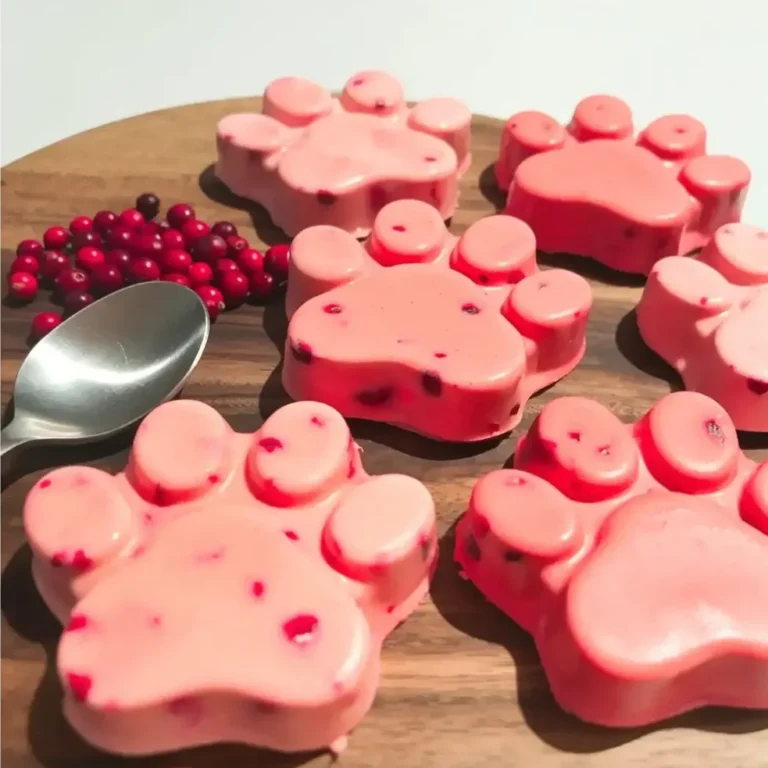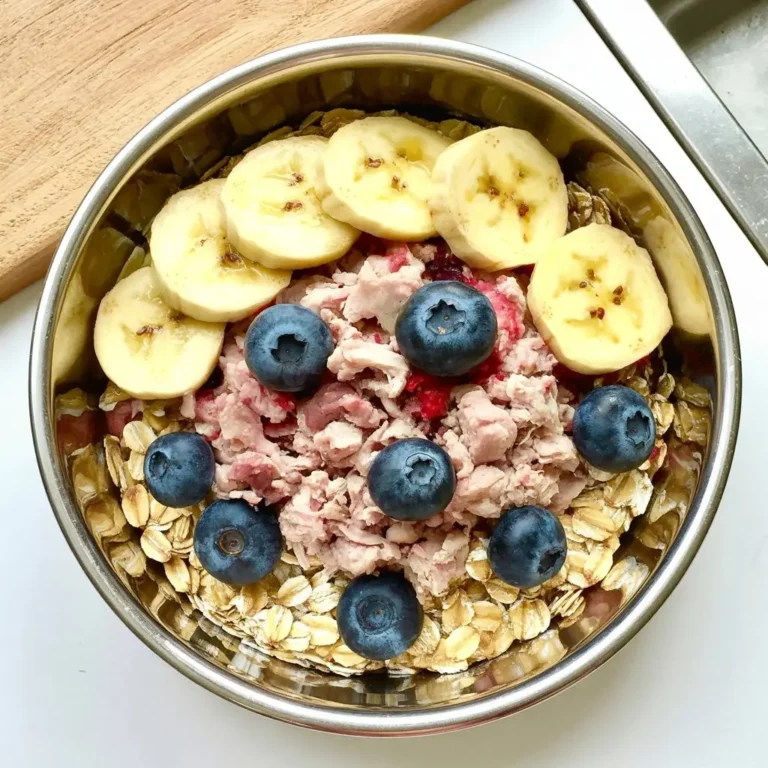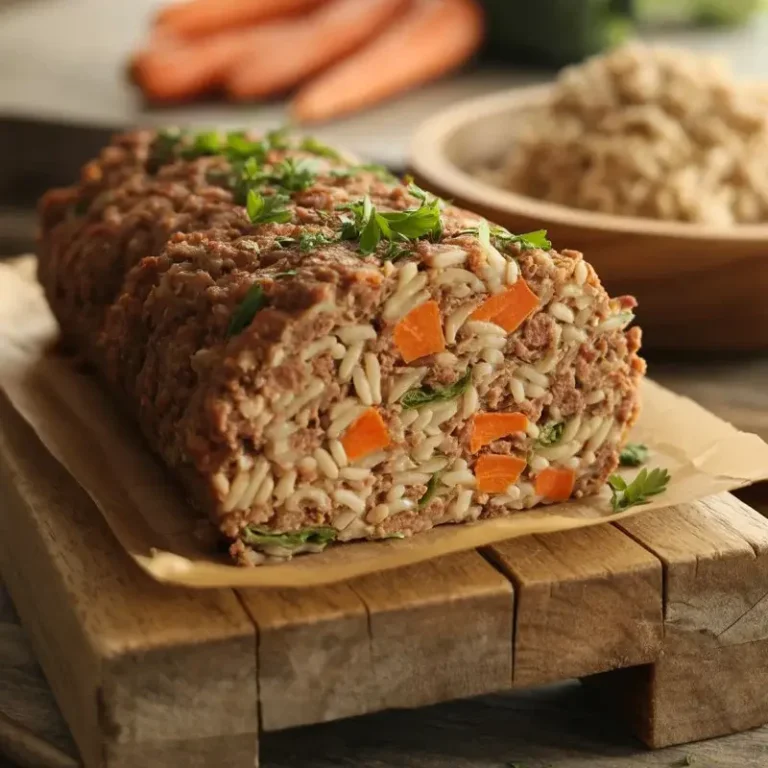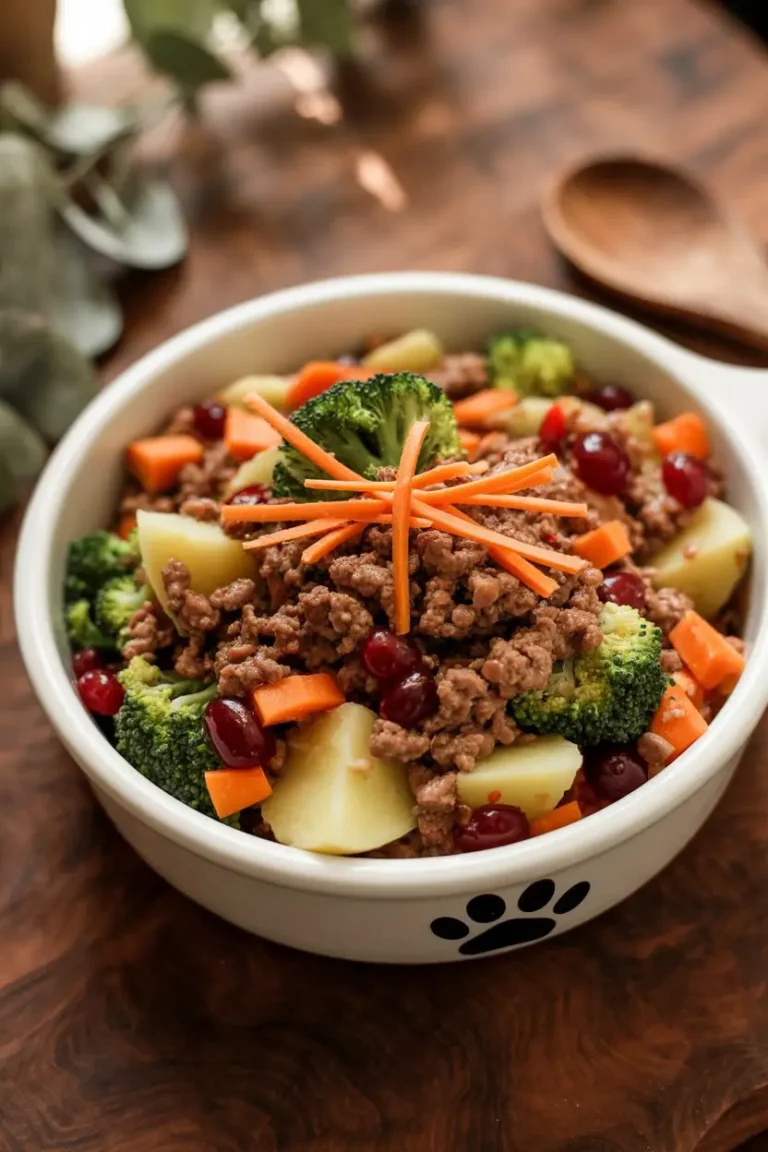Homemade Turkey Neck Bone Broth Recipe for Dogs
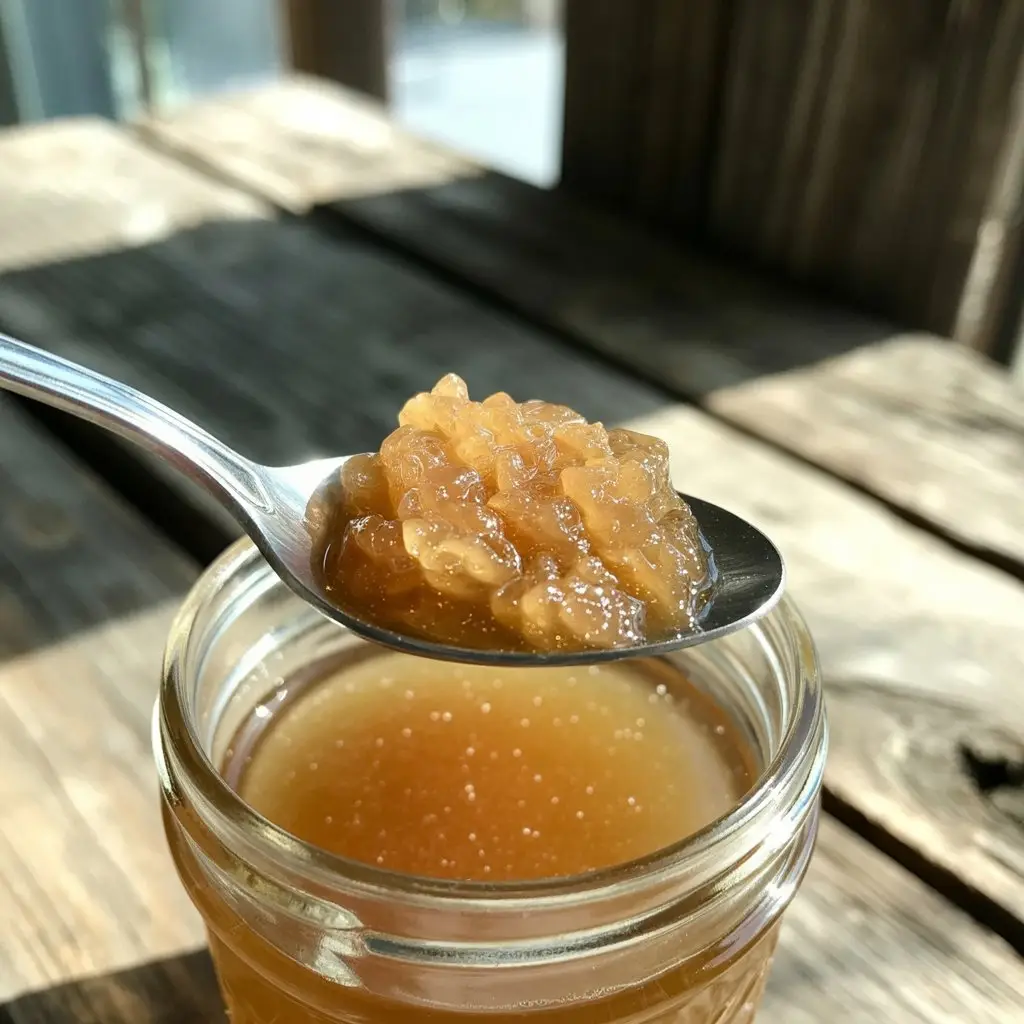
This one’s for the furry family members. And if they had thumbs, they’d probably be texting rave reviews about this one.
Turkey neck bone broth isn’t just a fancy wellness trend. It’s loaded with joint-loving nutrients, perfect for picky pups, senior dogs, or anyone trying to sneak a little extra hydration into the food bowl. The best part? It uses simple ingredients and turns leftovers into something way more impressive than it should be.
Ready to turn some necks into gold? Let’s do it.
What You’ll Need
- 1–2 raw turkey necks (cooked ones work too, with precautions — more on that in a sec)
- 12 cups filtered water
- 2–3 tablespoons apple cider vinegar (this helps pull out the good stuff from the bones)
- Optional: 1–2 carrots, chopped
- Optional: 1–2 celery stalks, chopped
- Optional: a small sprig of parsley (totally safe and adds a little freshness)
Pro Tips
- Skip the splinters Cooked bones should never go in your dog’s bowl. Always strain the broth well and toss any leftover bones to avoid an emergency vet visit.
- Low and slow wins the nutrient race Long simmering is where the magic happens. That’s what pulls the collagen, gelatin, and minerals out of the bones. The longer the simmer, the better the benefits.
- Cool it before serving It smells amazing right out of the pot, but hold off. Dogs won’t appreciate a scorched tongue. Let it cool completely first.
- Freeze like a pro Pour the broth into ice cube trays and pop out a cube or two at mealtime. Keeps things fresh and makes portioning easy.
- Double-check with the vet Especially for dogs with special diets or health conditions. It’s always smart to check before adding something new to the bowl.
Tools Required
- Large stockpot or slow cooker
- Fine mesh strainer or cheesecloth
- Ladle
- Storage containers or ice cube trays
Ultimate Pet Care Bundle
Everything You Need for a Happy, Healthy Pet
Substitutions and Variations
- Other bones: Chicken necks, beef marrow bones, or lamb necks all work. Stick with raw if possible.
- Vegetables: Pumpkin, green beans, or even zucchini (all dog-safe) can be swapped in.
- Herbs: Rosemary or thyme can be added for extra flavor — just don’t go overboard.
Make Ahead Tips
Big batch = smart move. Freeze what’s not needed right away. Ice cube trays are the secret weapon here. They’re quick to thaw and portion-sized for any pup.
How to Make It
- Prep the necks Toss the turkey necks into a large pot or slow cooker. No need to get fancy.
- Add water and vinegar Fill the pot with filtered water until the necks are fully covered. Then stir in the apple cider vinegar.
- Add optional extras Chop up the veggies and herbs and throw them in — if using.
- Cook low and slow
- On the stove: Bring to a boil, then reduce heat to a low simmer. Cover and cook for 12 to 24 hours.
- In the slow cooker: Set on low for 24 hours and walk away.
- Strain like a hawk Remove all solids and strain the broth through a fine mesh strainer or cheesecloth. Every tiny bone fragment has to go.
- Cool completely Let the broth chill until room temp. Then skim off the fat layer that hardens on top.
- Store or serve Portion into containers or ice cube trays and refrigerate or freeze.
Extra Details Worth Knowing
- Nutritional Punch: Collagen, glucosamine, and chondroitin help with joint support. Gelatin gives digestive systems a gentle boost.
- Allergy-Friendly Swaps: For pups with poultry allergies, beef or lamb bones are safe alternatives.
- Meal Pairings: Works great poured over kibble or stirred into wet food. Adds moisture, flavor, and a boost of nutrients.
- Save Time: Use a slow cooker overnight. Hands-off cooking that feels like cheating (in the best way).
Leftovers and Storage Tips
- Fridge: Lasts up to 5 days in a sealed container.
- Freezer: Up to 3 months. Freeze in cubes or small containers.
- Reheating: Thaw in the fridge or pop a cube into the food bowl and let it melt down. Don’t serve hot.
FAQ
Can cooked turkey necks be used? Yes, but make sure all bones are removed before serving. Cooked bones splinter — never safe to feed directly.
How often is it safe to serve? Two or three times a week is plenty. More than that? Check with your vet.
The broth didn’t gel — is that bad? Not at all. Gelling usually means it’s loaded with collagen, but even if it’s liquidy, it’s still doing good things under the hood.
Can this be used for cats too? Yes, but skip the garlic or onion (never pet-safe) and keep portions smaller.
Wrap Up
This broth’s a game changer, simple ingredients, big-time benefits, and guaranteed tail wags. Whether the goal is extra hydration, better joints, or just a little food topper flair, it’s a no-brainer. Give it a try and see how your dog reacts.
And when you do? Come back and drop a comment with how it went. Any questions, stories, or even photos of the fluffball enjoying it are more than welcome.
Want more recipes like this? Let’s keep that bowl full.

